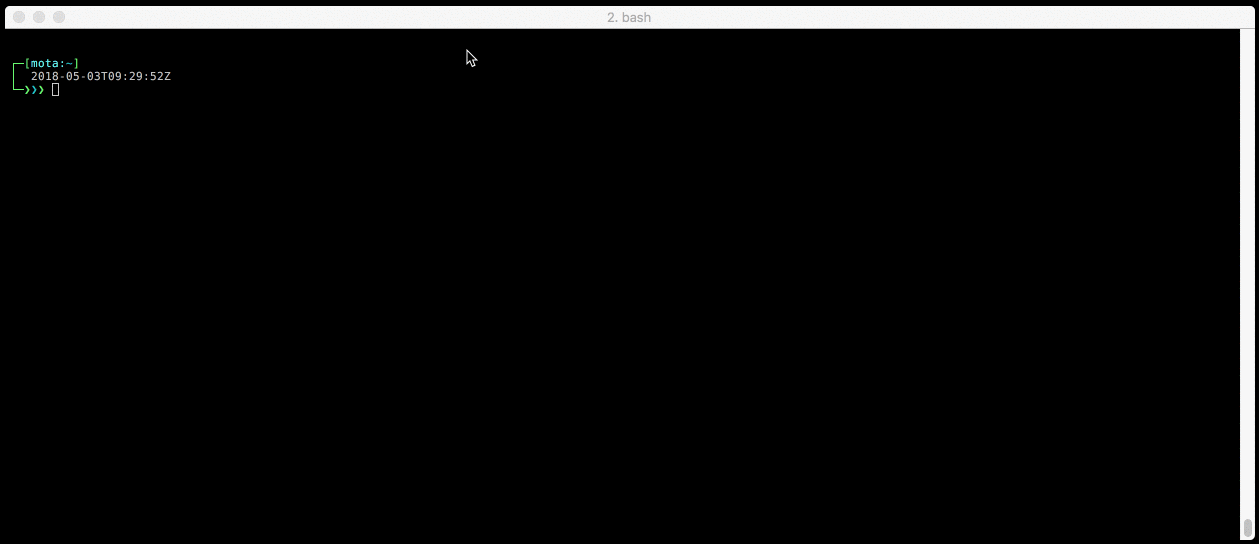X Financial Technologies
Alexander Reed. [insert summary here]
Problem
Closed-end fund managers and investors face serveral challenges:
- Premium/Discount Volatility: Significant price deviations from NAV.
- Inefficient Market: Limited share trading volumes and price impact.
- Limited Arbitrage: Lack of efficient price correction mechanisms.
- Market Access: Limited retail participation.
- Illiquid Holdings: Difficulty valuing and selling underlying fund assets.
- Activist Exploitation: Vulnerability to short-term profit-seeking strategies.

How X Protocol Works
XFT utilizes tokenization and oracles to create a creation and redemption mechanism akin to ETFs.
Closed-End Funds
Creation Flow
- Demand Assessment: Identify investor demand for additional fund shares.
- Asset Procurement: APs or the fund itself acquires assets aligned with the fund's strategy.
- Token Issuance: Corresponding tokens are issued against these assets, either by the fund manager or through APs.
- Token Distribution: APs distribute newly issued tokens on the market.
Redemption Flow
- Token Submission: Investors submit their tokens for redemption.
- Asset Disbursement: The underlying assets or their cash equivalent are disbursed in USDC to the redeeming token holder.
- Token Burning: The redeemed tokens are destroyed or removed from circulation.
- Payout: Investors receive asset shares or cash equivalent.
Real Estate Investment Trusts
Creation Flow
- Demand Increase: Investors express interest in buying REIT tokens.
- Asset Acquisition: APs buy real estate assets or existing REIT shares.
- Token Issuance: Assets transferred to a trust; equivalent tokens issued to APs.
- Token Sale: APs sell newly issued tokens on the market.
Redemption Flow
- Token Submission: Investors decide to redeem tokens.
- Asset Exchange: Tokens are exchanged for underlying real estate assets or cash value.
- Token Burning: Redeemed tokens are destroyed or retired.
- Payout: Investors receive asset shares or cash equivalent.